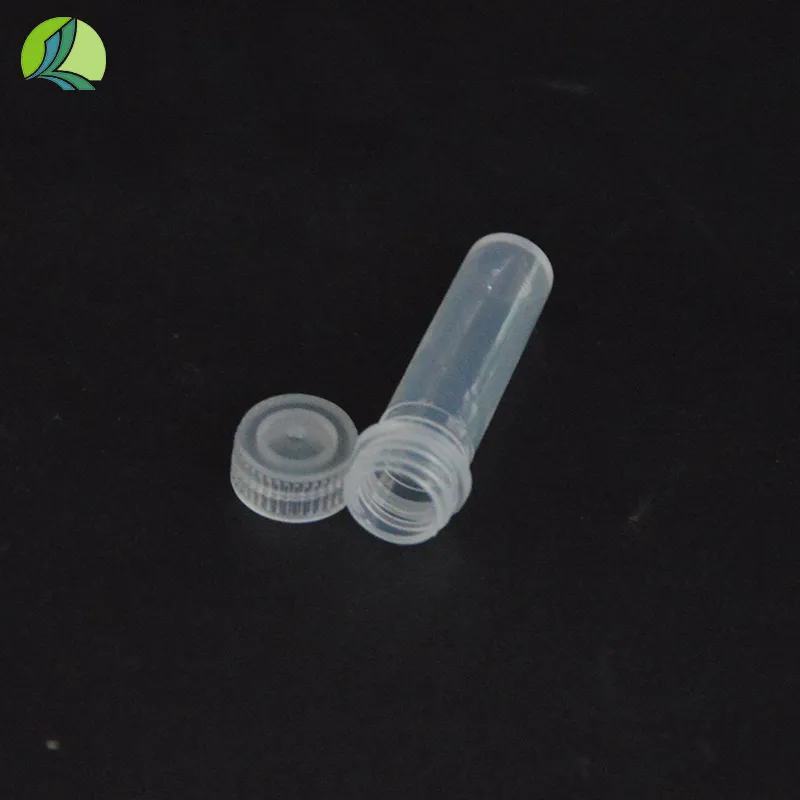https://www.wahmg.com/)">
Comparison of Cell Culture Dishes and Petri Dishes for Laboratory Research Applications
Comparison of Cell Culture Dishes and Petri Dishes for Laboratory Research Applications
Understanding the Differences Between Cell Culture Dishes and Petri Dishes
Cell culture dishes and petri dishes are fundamental tools used in microbiology, cell biology, and related fields. While they might appear similar at first glance, their design, usage, and applications vary significantly. Understanding these differences can help researchers select the appropriate vessel for their experiments and ensure reliable results.
Design and Structure
Cell culture dishes are specifically designed for growing cells in a controlled environment. They are typically made of clear polystyrene or glass, allowing researchers to easily observe the cells through a microscope. These dishes come in various sizes, with specialized surfaces that may be treated to enhance cell attachment and growth. For instance, some cell culture dishes are coated with collagen or fibronectin to promote the adhesion of mammalian cells.
On the other hand, the traditional petri dish, named after the German bacteriologist Julius Richard Petri, is primarily used for culturing bacteria and other microorganisms. Petri dishes are shallow, circular containers usually made of glass or polystyrene. Their surface is flat and often sterile for initial inoculation with microbial cultures. While some petri dishes may have similar surface treatments, their primary focus is on solid and semi-solid media, such as agar plates, which provide a stable environment for bacteria to grow.
Applications and Use Cases
The application of these two types of dishes largely dictates their design. Cell culture dishes are employed in cell biology labs for the maintenance, propagation, and experimentation of mammalian cells. Researchers can manipulate environmental conditions, such as pH, temperature, and nutrient availability, to study cellular responses. Moreover, these dishes are often used for drug testing, toxicology studies, and genetic research, where consistent and replicable results are crucial.
cell culture dish vs petri dish

In contrast, petri dishes are predominantly used in microbiology for isolating and counting microbial colonies. They serve as a growth medium for bacteria, fungi, and other microorganisms. Researchers commonly use them to perform antibiotic susceptibility testing and to study microbial behavior. The typical solid or semi-solid media in petri dishes allow for easy visualization of colony morphology, helping scientists identify and classify different microbial species.
Sterilization and Handling
Another notable difference between cell culture dishes and petri dishes lies in their sterilization and handling procedures. Cell culture dishes are often pre-sterilized and come in sterile packaging to avoid contamination during cell culturing. Researchers must practice aseptic techniques, using biosafety cabinets, sterilized equipment, and personal protective gear to maintain such sterility.
Meanwhile, petri dishes also require sterilization before use, especially when preparing agar plates. However, the handling may not be as stringent as with cell culture dishes, as the latter often deal with more sensitive living cells that can easily be affected by environmental factors. The handling of petri dishes may be more forgiving, primarily when dealing with robust bacterial colonies.
Conclusion
In summary, while both cell culture dishes and petri dishes serve as essential tools in laboratory settings, their differences in design, application, and handling make them suited for specific scientific purposes. Understanding these variations is crucial for researchers aiming to conduct successful experiments. By choosing the right tool, scientists can ensure accurate results, whether they're growing mammalian cell lines or analyzing microbial behavior. Ultimately, both dishes contribute significantly to advancing our understanding of biology and supporting various scientific inquiries.
-
Wholesale Plastic Juice Bottles with Caps 16 oz Options Available Bulk Packaging SolutionsNewsJun.10,2025
-
Laboratory Apparatus Reagent Bottle – Durable & Chemical Resistant Bottles for Safe StorageNewsJun.10,2025
-
Squeezable Dropper Bottles Durable, Leak-Proof & CustomizableNewsMay.30,2025
-
Affordable Plastic Petri Plates Sterile & Disposable Lab-GradeNewsMay.30,2025
-
Eye Dropper Caps Precision 24/410 & Plastic Bottle-Compatible TipsNewsMay.30,2025
-
Affordable Mini Spray Bottle Price & Wholesale Deals Shop NowNewsMay.29,2025





















